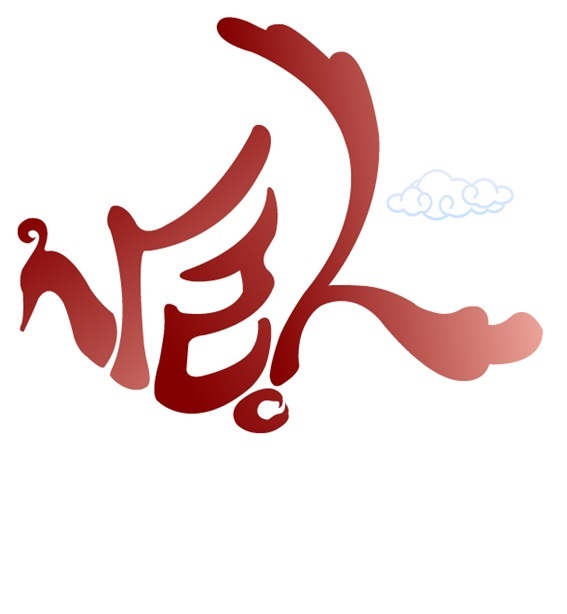
Do you notice anything in the picture? The word “Love”is hidden. It is a kind of Hangul art. The Artist bends and stretches letters and makes the letters like a painting. Hangul is only recorded when and how to make and its’ principle has basis on science. Applications for Hangul are divided into two parts: excellence and beauty.
Excellence
An example for use of excellence is a license plate. Cars are divided in standard of license plate like kinds and use. The number of cars has increased sharply as technology has been developed. When the number reaches its limit, Hangul will be a solution. For other languages like English, Chinese, and Japanese letters are finite, but Hangul combines initial sound, medial and final consonant into one letter. Therefore, Hangul can make enormous letters and will be the best option for license plates on cars throughout the world.
Chinese and Japanese consist of four hundred and three hundred sounds respectively. Hangul consists of fourteen consonants and ten vowels but over ten thousand sounds. It is about three times more than that of Chinese and Japanese. Linguists say “when at least a hundred thousand people use their language the language can be handed down the generations.” But, according to UNEP (United Nations Environment Programme), about 2500 languages among a total between 5000 and 7000 become endangered languages because there are less than 1500 users. Language is not just a language but their culture and life. There is movement towards using Hangul to preserve these languages.
Beauty
Hangul is beautiful as well as excellent. Lie Sang Bong is a designer who grafted Hangul onto clothes in a Korea-France diplomatic fashion show in 2006. At first, his colleagues stopped him “It is loutish and not popular. Why not use English?” But he persisted and finally elicited good responses from the foreign market. Lindsay Lohan and Johnny Weir are among the celebrities who have donned his clothes and he has received attention from famous foreign designers. He also grafts Hangul onto cellphone cases, pottery, diaries, apartment buildings, etc. Language is a means to communicate with people and to show one’s identity. Hangul’s beauty is capturing the attention of many kinds of artists. Hangul is embroidered into ties and other clothing items, carved into pottery, and even appearing in in bracelets and necklaces.
As Hangul goods are pouring out, Hangul is visible in the street. There is a park of Hangul theme. In this park, there are structures in the form of Hangul instead of wooden benches. In Myeongdong Street of Seoul people sit and talk in the Hangul rest area. It gives comfort and introduces foreign visitors to Hangul. There are also Hangul theme parks in Uiwang-si, Gyeonggi-do and Asan-si, Chungcheongnam.


